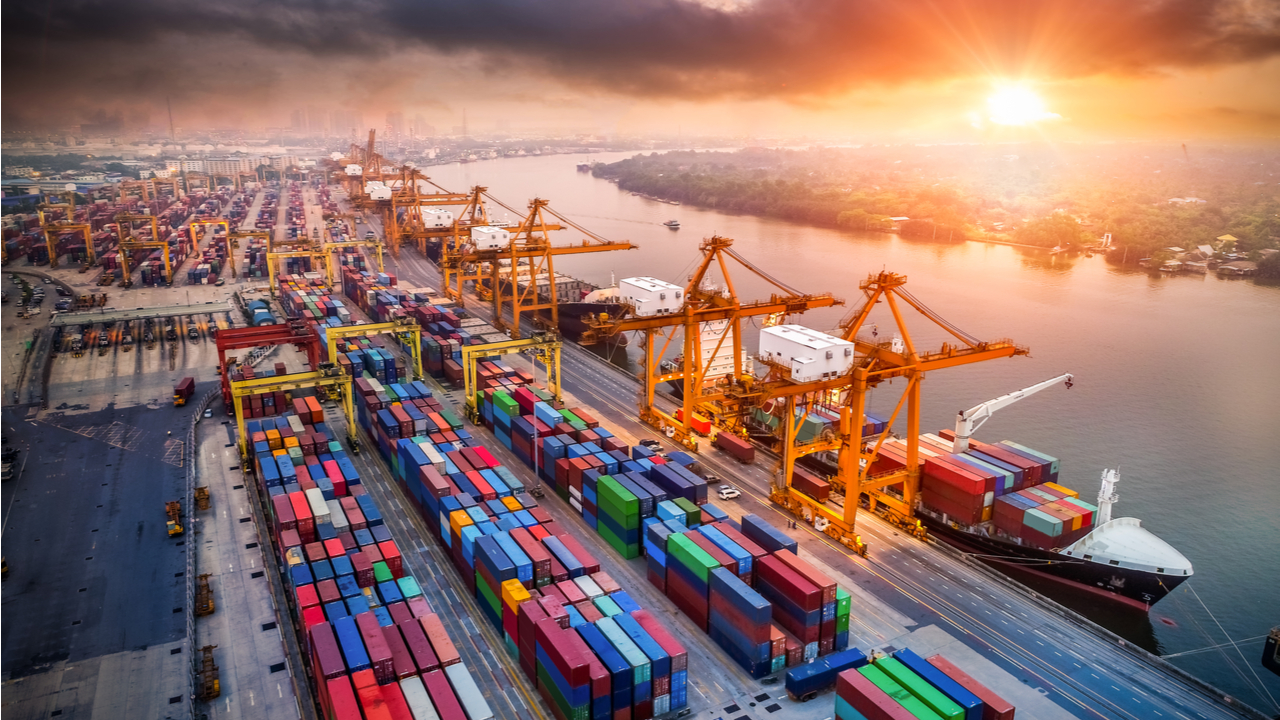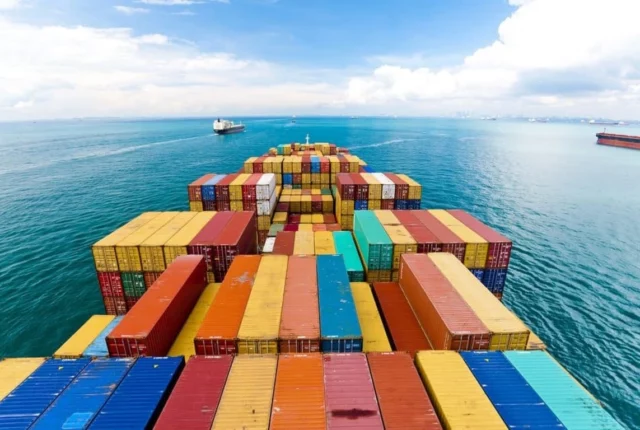
Supply Chain Snarls Show Little Signs of Subsiding
Container shipping lines are set for another bumper year of earnings as supply chain snarls show little sign of subsiding, to the misery of just about everyone else. Operationally the shipping crisis has been a disaster for the box carriers that underpin global trade: schedule reliability hit a record low of 32% in December, with vessels arriving over a week later than planned on average, according to Sea Intelligence, a consultancy. That has caused pain for importers and exporters paying more than ever to wait longer for finished goods and parts, but the congestion has done wonders for the container shipping industry’s profitability and balance sheets. The perennial question occupying the industry and global economy is whether the shipping disruption has peaked and how long the journey to something more functional will take.
The lack of a discernible trend towards normality is supported by a new indicator, made by Swiss logistics group Kuehne + Nagel. It shows the overall time commercial cargo ships are waiting to berth at major ports around the world taking into account their size. For example, a ship capable of carrying 10,000 20ft boxes, or equivalent units (TEU), waiting for three days counts as 30,000 TEU waiting days. On Thursday, the global total hit 12.5m TEU waiting days. Normal is when a container vessel gets to the terminal and is not waiting. Right now it’s like waiting three or four hours for the gate once the plane has landed, said an of executive vice-president of sea logistics at Kuehne + Nagel. Normal would be less than 1m TEU waiting days. One of the world’s largest container shipping Companies, says carriers have not cancelled or “blanked” sailings to ports this year, as they typically do in the weeks after the Lunar New Year. The intention is to clear the backlogs, he added, but even so, the disruption could run at crisis levels for an extended period before any improvement is noticeable.






